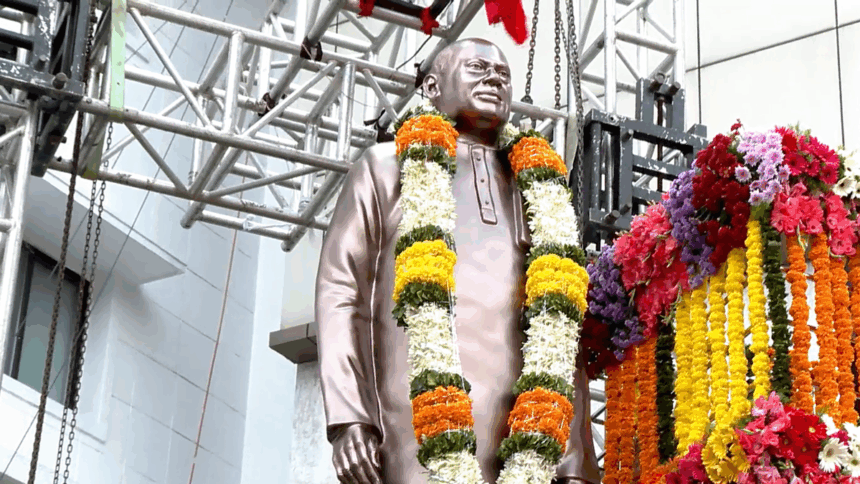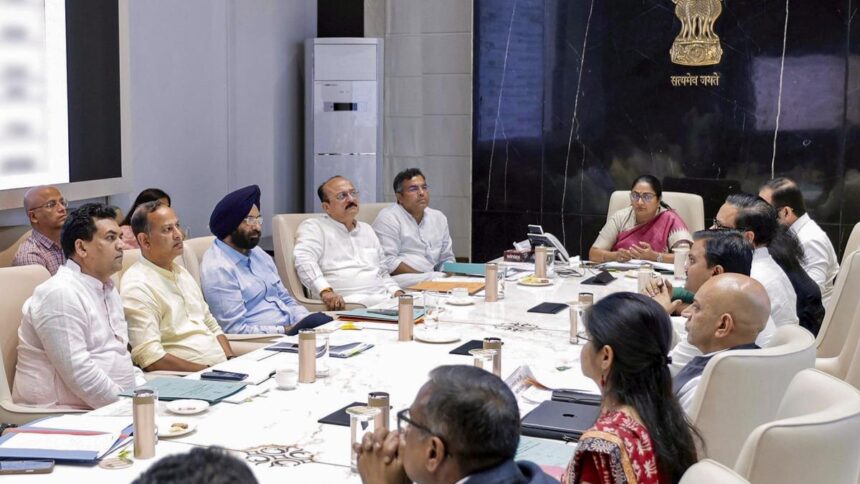Scientists at the CSIR–National Geophysical Research Institute (NGRI) have stressed the urgent need for comprehensive groundwater extraction policies and a deeper understanding of water storage in Telangana. These measures, they say, are essential to ensure water security and protect the livelihoods of nearly half the working population, who are actively engaged in agriculture and rely heavily on groundwater.
In a recent study, scientists Abhilash Kumar Paswan, N. Srinivasa Rao, L. Raghu and V.M. Tiwari highlight how geological formations, agricultural water use and erratic rainfall patterns interact to create a complex and uneven groundwater recharge system.
Telangana grows two paddy crops annually, using up around 15 billion cubic metres of groundwater. The Rabi (summer) crop, in particular, is highly dependent on aquifer availability. Although the State receives 70-150 cm of rainfall annually, only about 15% contributes to groundwater recharge, often with a delay of up to two months due to a poorly developed soil profile, limited aquifer storage capacity and fractured bedrock systems, they note.

Paswan cautionsabout a rise in temperature ranging from 0.3 to 2.94°C and a potential 15%–50% increase in annual rainfall from south to north in the 21st century under various climate scenarios. However, the intensity and frequency of rainfall are expected to remain highly uncertain in Telangana.
Depletion of groundwater is impacted by rainfall, climate variability and irrigation activities, particularly in the context of paddy cultivation, widely practised in the hard rock region, covering approximately 85% of the total geographical area. Over-extraction of groundwater could lead to declining water levels.
Over the past 34 years, groundwater-irrigated areas have nearly tripled, and the average annual groundwater level has been recorded at 9.32 metres, showing distinct fluctuation patterns. About 60% of the total arable area is concentrated in hard rock terrain, while forests occupy approximately 24%, mostly in sedimentary terrain in the north. Telangana, classified into three agroclimatic zones based on climatic parameters, is highly dependent on the monsoon system for water availability.
Using data from the ‘Gravity Recovery and Climate Experiment’ satellite, the scientists analysed Terrestrial Water Storage (TWS) between 2002 and 2020, showing that water is available during the Kharif season, coinciding with the southwest monsoon. During the Rabi season, groundwater extraction increases due to low surface water availability.
In regions with limited Groundwater Storage (GWS) capacity — particularly hard rock areas — the cultivation of two water-intensive paddy crops per year can lead to a declining water table, they said. The study found that if the preceding year’s rainfall is low, GWS recharge remains minimal, and the anomaly may persist even with substantial rainfall in the following year.
However, there are also times when water availability is high despite low rainfall, indicating the presence of other water sources or reduced water loss likely linked to human activities. Groundwater also exhibits a similar pattern, but with a lag, indicating its dependence on the overall water balance over time. Groundwater recharge is influenced by infiltration, soil characteristics and human abstraction. The lowest values occur in May-June, and the highest in October-November.
Although abundant rainfall can swiftly replenish aquifers, the increasing frequency of drought over the past few decades poses a significant challenge to their sustainability, they said.
The study also revealed a strong correlation between rainfall and the top 100 cm of soil moisture, emphasising the importance of including soil moisture columns in TWS studies, especially in hard rock settings.
Understanding storage dynamics is crucial to ensuring water security and groundwater sustainability in Telangana. The Academy of Scientific and Innovative Research, Ghaziabad, the Indian Institute of Technology Bombay, and the CSIR–Northeast Institute of Science and Technology, Jorhat, were also involved in the study.
Published – August 02, 2025 01:27 pm IST




















